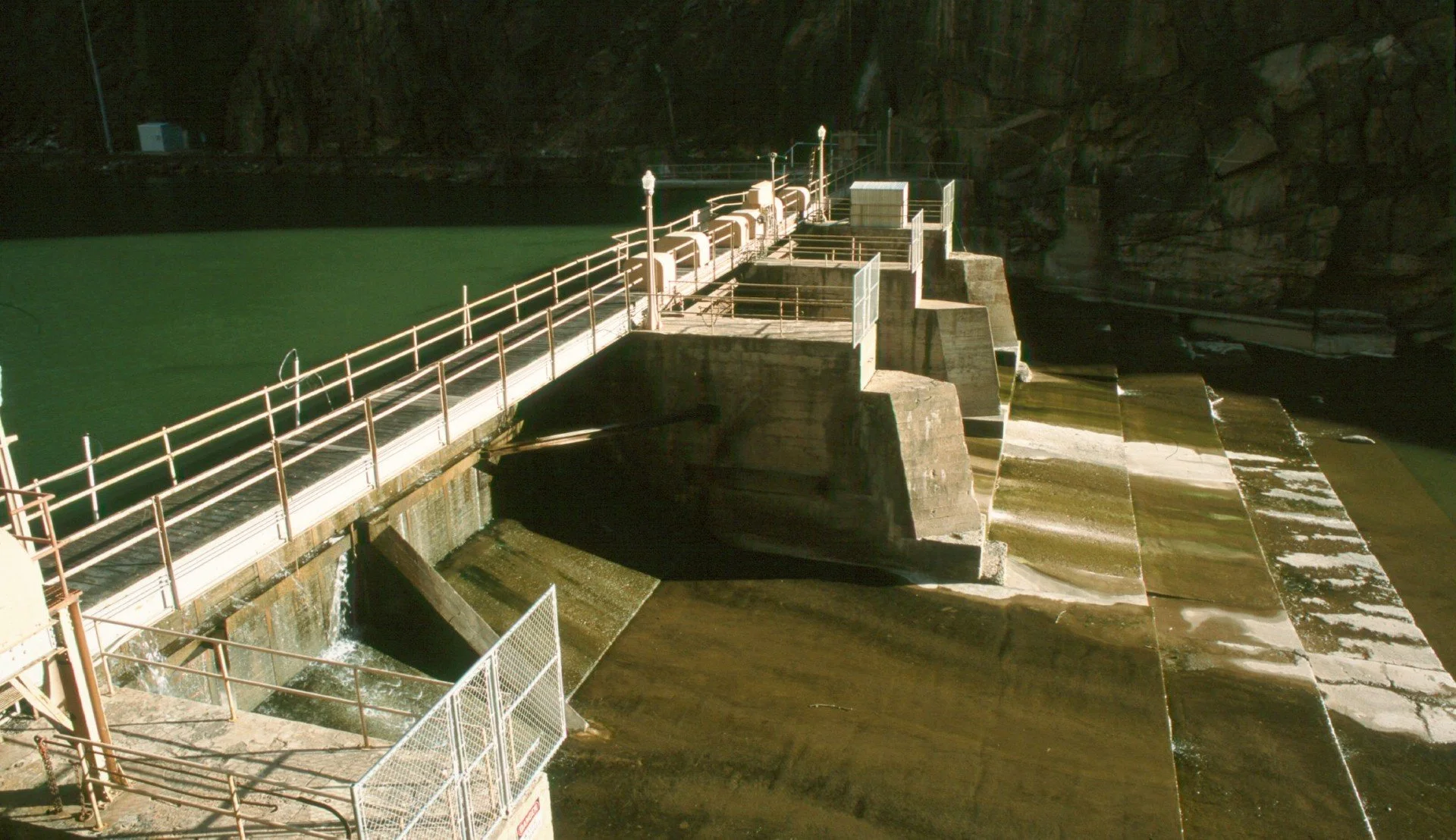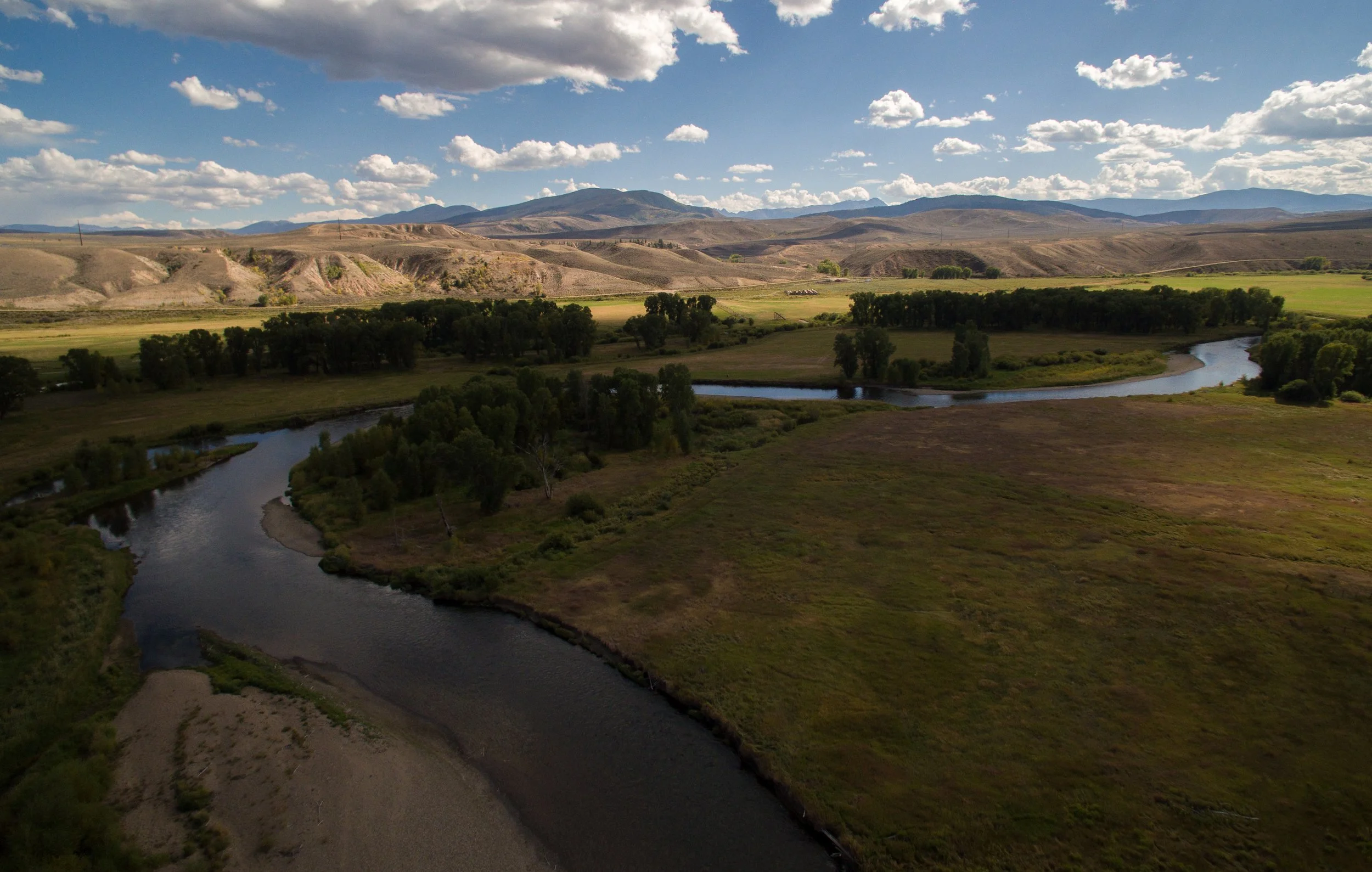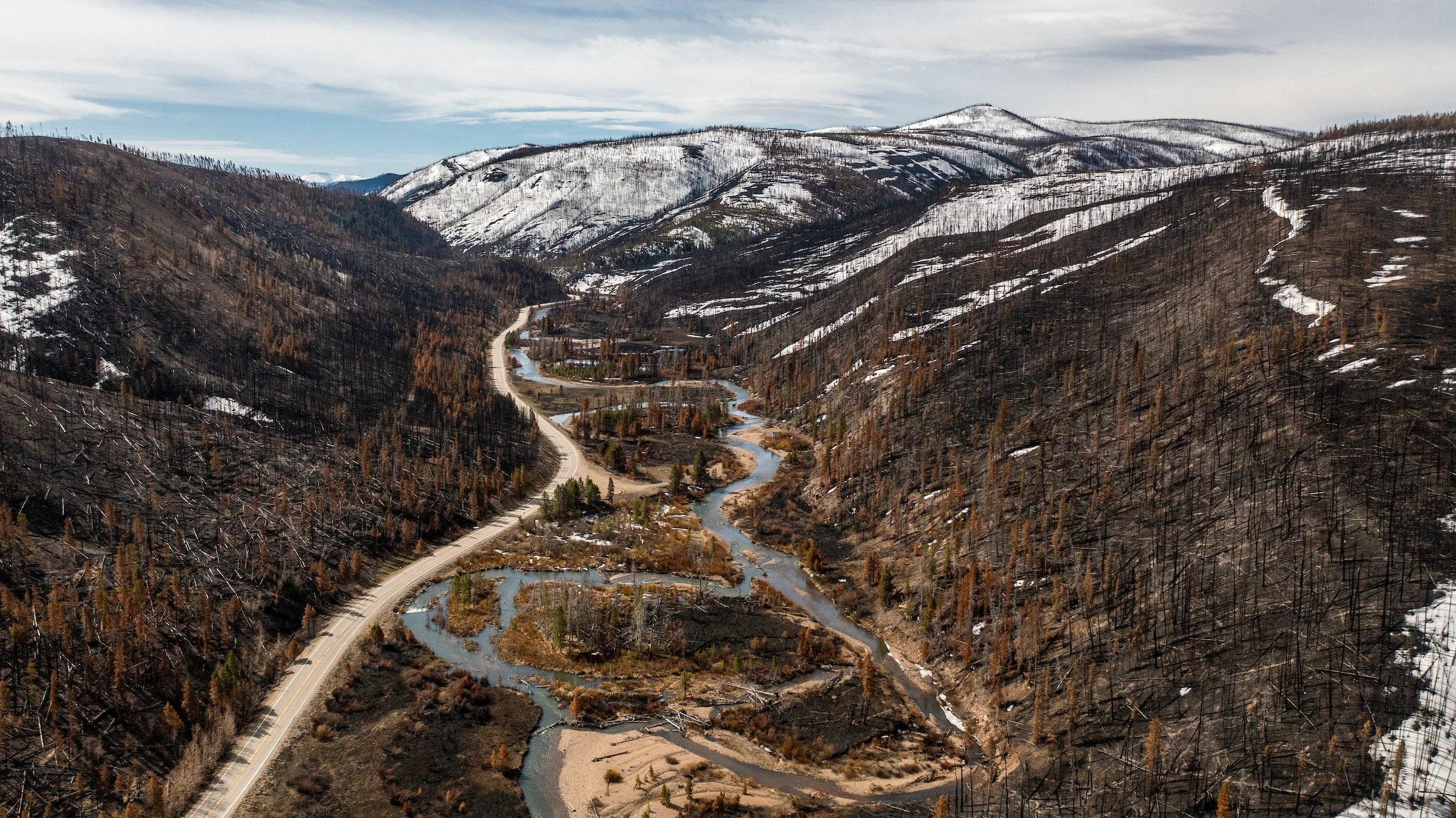By Glen Edwards, West Denver TU Chapter On Friday, Oct. 28, 2011, the West Denver chapter held a brief dedication ceremony at Mayhem Gulch for the recently completed WDTU Canyon Reach project on Clear Creek. This project concentrated on safe access for young families and marginally mobile adults, both relative to the busy highway, and relative to the stream. Three separate stretches received major winter habitat and feeding lane structures, as well as boulder clusters for easy fishing access, constructed by the contractor, Frontier Environmental Services. The lowest stretch is at Mayhem Gulch, located 9.5 miles up Clear Creek Canyon from the intersection of Highways 6 and 93 just west of Golden, or just below Mile Marker 262. The middle stretch is upstream at a large unpaved parking area just below MM 261, and the upper stretch is further upstream near the Canyon Park Open Space sign just below MM 260.5.
Contributions to the project from CDPW's "Fishing is Fun" program, the Jefferson County's Conservation Trust Fund, the Colorado Water Conservation Board, Alfred Frei and Sons quarry, CTU's GoMo Grant, the Henderson Mine, the Trask Family Foundation, as well as several private donors and our own WDTU chapter, totaled approximately $300,000. Educational signage for the project is planned, but not yet installed.
Jefferson County Comission Chairperson Faye Griffin spoke briefly at the Oct. 28 Canyon Reach Project dedication ceremony, and the Director of the new Colorado Division of Parks and Wildlife, Rick Cables, was the keynote speaker. Cables impressed the audience with his down-to-earth enthusiasm for efforts like the Canyon Reach Project , and for his obvious support for conservation groups like Trout Unlimited.









